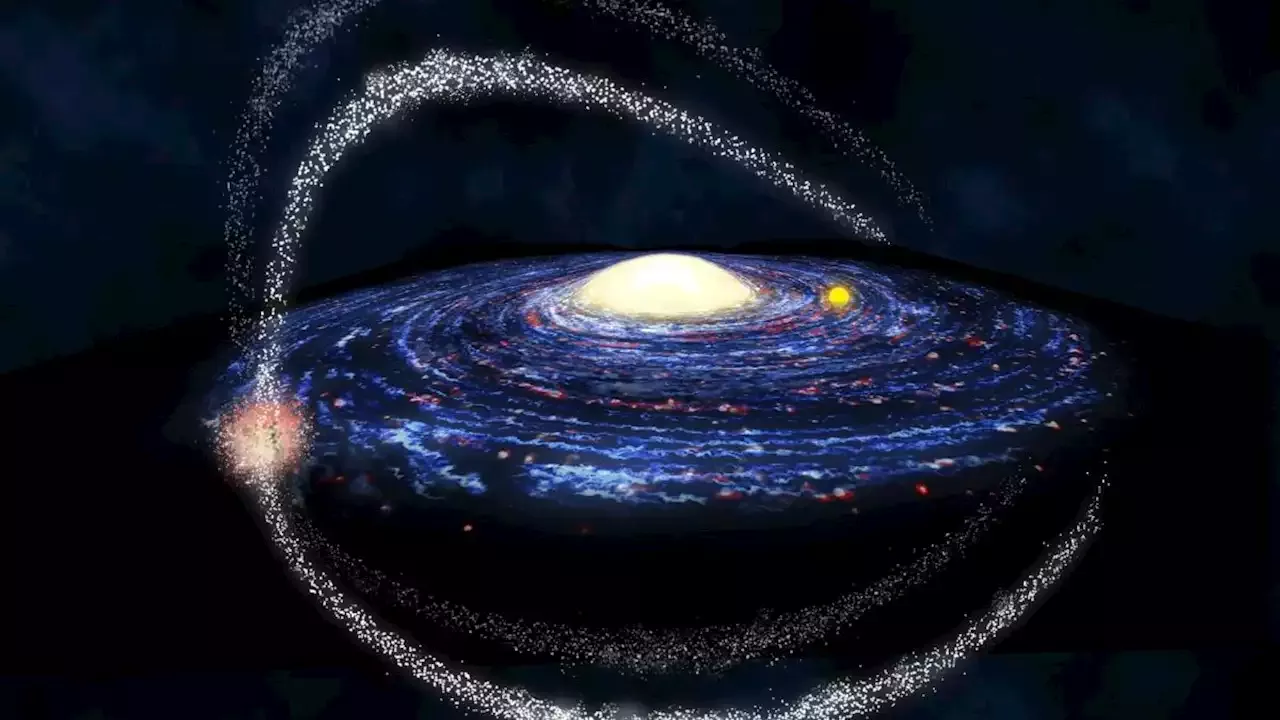Dead stars in Milky Way’s companion galaxy cause mysterious gamma-ray cocoon

Dead stars in Milky Way’s companion galaxy cause mysterious gamma-ray cocoon
The Fermi bubbles are massive structures extending from the Milky Way, reaching 50,000 light-years in length.
The Sagittarius dwarf satellite galaxy is viewed from Earth through the Fermi bubbles and is marked by elongated streams of gas and stars that were ripped from the galaxy’s core as its tight orbit threaded it through the disk of the Milky Way.Gamma-ray emissions are thought to be created by young stars, by dark matter annihilation or by millisecond pulsars. This violent gas removal means that the Sagittarius dwarf galaxy is no longer forming
star sand lacks stellar nurseries, so its gamma-ray emissions can’t be the result of young stars. Furthermore, the shape of the Fermi cocoon closely matches the observed distribution of visible stars, ruling out dark matter as a source of the emissions. (If dark matter were present, its gravity would affect the shape of the cocoon). Thus, the researchers concluded that the only possible sources of this powerful radiation were a hitherto unknown population of millisecond pulsars, which are rapidly rotating, ultradense stellar remnants that spin hundreds of times per second.